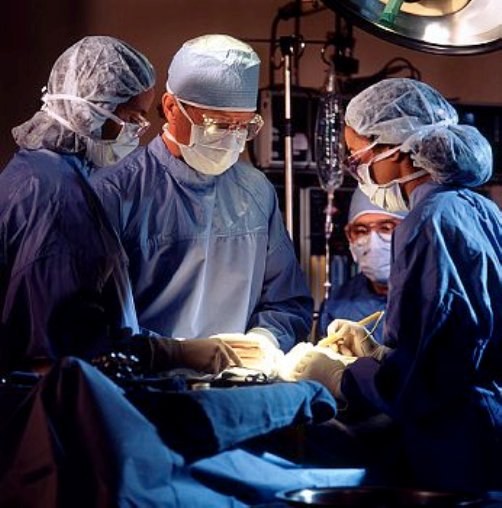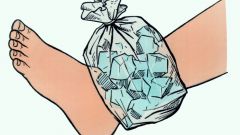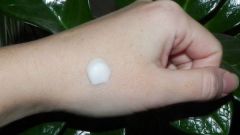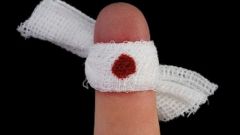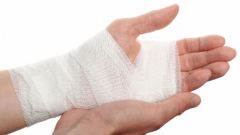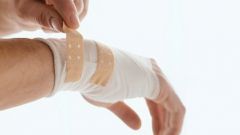You will need
- - onions, carrots, olive oil;
- - pine tar, beeswax, honey, vodka.
Instruction
1
Wound treatment should be radical – it is necessary to eliminate the causes of the appearance of the wound. It is important to ensure that certain conditions conducive to healing. Eliminate stagnation of lymph and blood in the area of location of the wound. Provide a careful toilet skin around the wound, the outflow of tissue fluids from the wound into the bandage needs to be regular. To do this, apply bandages with hypertonic solution of sodium chloride that cleans the wound and improves the nutrition of living tissues. To accelerate the melt of dead tissue, used proteolytic enzymes – trypsin, himopsin etc.
2
When the wound is filled ga woundof the population is visible, move on to the ointment dressings with an indifferent ointment and cauterization with silver nitrate.
3
It is necessary to intensify immunological and regenerative abilities of the patient by nutritious, rich in vitamins nutrition, performing physical therapy and periodic transfusion of small doses of blood.
4
A very frequently used surgical treatment of non-healing wounds, with the release of a wound from pathological ga woundof the population is visible and scars that hinder the blood flow to the tissues of the bottom and walls of the defect. Then make a plastic closure of the defect tissue of a skin.
5
There are many ways of folk medicine, which are often unable to cope with such wounds. Pour into the pan 100 ml of olive oil, when it heats up, put in the oil worn on a fine grater carrots and small onions of medium size. Fry onions and carrots until Golden brown. Then drain the oil from the pan, in which roasted the vegetables into a sterile jar. Apply on gauze, folded in several rows, prepared with oil and apply it on the woundafter treating it with hydrogen peroxide.
6
With festering wounds, prepare the following composition. Take in equal quantity of resin, pine or fir, beeswax, honey, vodka, placing all components into a metal bowl, place over a low flame. Stirring constantly, bring to a homogeneous condition, but do not let boil. Remove from heat and pour into a sterile jar, which place in a dark place. Apply the prepared ointment with a layer 0.2-0.3 cm sterile gauze and apply on the wound, which was pre-treated with hydrogen peroxide (once a day). Change the bandages 3 times a day. The course of treatment depends on the condition of the wound.
Note
Folk remedies of treatment are many, but before use, be sure to consult with your doctor.
